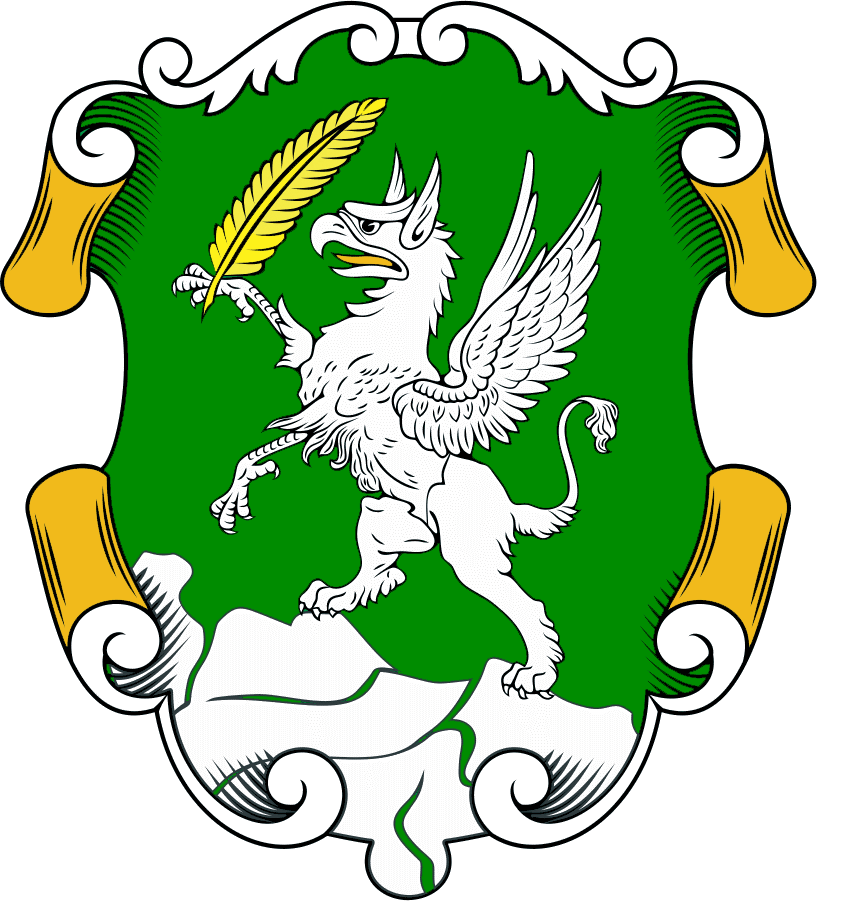

The Adam Kayalar (man-rocks), located on the sheer slopes of the Şeytan Deresi Valley in the southern province of Mersin, often take visitors by surprise with their large-scale human reliefs, which are estimated to have been made between the first century B.C. and the second century A.D.
The rocks are made up of 11 males, four females, two children, an ibex and Roman eagle reliefs in nine niches. Ümit Aydınoğlu, an associate professor in the Archaeology Department of Mersin University, said the Adam Kayalar are completely unique in Anatolia.
As the Adam Kayalar region was once considered a sacred area, the reliefs of notables or commanders’ families and children were made on the rocks to show appreciation.
“Nowhere else has so many reliefs in Anatolia. Maybe there are many works from other cultures, but it is not possible to find an area with so many reliefs,” Aydınoğlu said.
Rock graves were made according to the traditions of the era, Aydınoğlu said, adding that they had survived until today because of the particular geographical conditions of the region.
The reliefs are thought to have been made over the course of around 250 years. “As it was considered a sacred area, reliefs were made on the rocks over many years, so you can see the many stylistic changes of the figures,” Aydınoğlu said.
Controlling roads
According to the professor, the fact that rocks are located on a valley overlooking Kızkalesi gives us a clue about their historical importance.
“People settled here in order to take the valley roads to the hinterland under control. When you look at the settlement places from above, you see that the hill is surrounded by city walls. It can be understood that it was a military headquarters with many structures inside. This headquarters control the roads. In the Hellenistic era, there were many castles like this through this line. The Adam Kayalar are in one of the castle settlements we know. Both passersby and the people who used the valley road for commercial purposes could be controlled easily in the place where the reliefs are located,” he said.
Aydınoğlu added that this historically important region was not very prominent on the tourist map because access was difficult, and expressed the hope that officials would work to ease this problem. In particular, he said the area was raided by treasure hunters from time to time and should therefore be taken under protection.
Source: hurriyetdailynews.com





